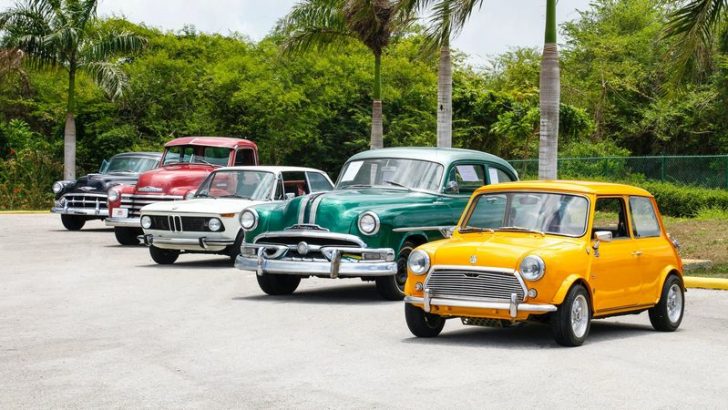Language evolves constantly, adapting to cultural shifts, technological advancements, and new social norms. The 1960s marked a period of significant change, influencing the vocabulary we use today. Many words we consider commonplace now were nonexistent before this vibrant decade.
From expressions born out of the burgeoning counterculture to terms necessitated by scientific breakthroughs, the 1960s contributed a wealth of new language to the English lexicon. This blog post explores twelve words that emerged during this transformative era, each reflecting the unique spirit of the time. Through this exploration, we gain insight into how language captures the essence of cultural and technological progress.
1. Psychedelic

The word ‘psychedelic’ emerged in the 1960s, encapsulating the era’s vibrant and experimental spirit. It describes experiences or artifacts related to altered states of perception, often induced by hallucinogenic substances. In the 60s, psychedelic music, art, and fashion became prominent cultural expressions. The term is derived from the Greek words ‘psyche’ (mind) and ‘delos’ (manifest), suggesting the mind’s manifestation. This concept went beyond the realm of narcotics, influencing design and popular culture. Psychedelic imagery includes swirling, colorful patterns, often with surreal elements, mirroring the out-of-body experiences many sought during this time.
2. Moonwalk
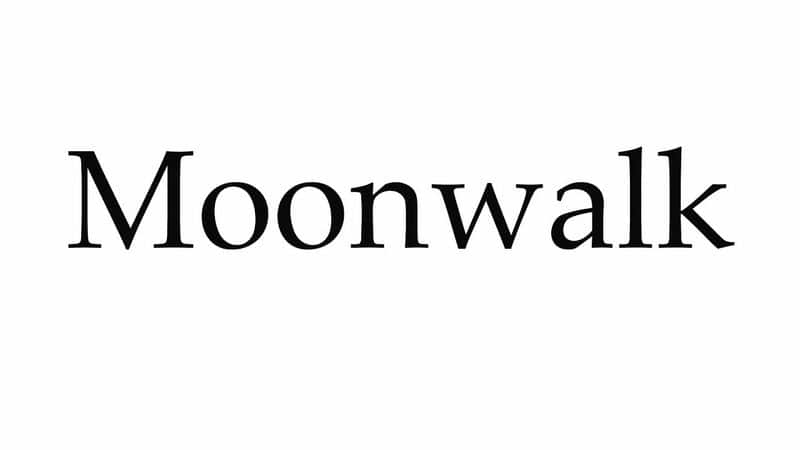
‘Moonwalk’ entered our vocabulary thanks to the Apollo space missions. It originally described the actual act of walking on the moon, a human achievement first realized in 1969. This groundbreaking event captivated the world and symbolized human ingenuity and exploration’s limitless potential. Soon after, ‘moonwalk’ also referred to a dance move popularized by Michael Jackson in the 1980s. Despite its association with dance, the term’s origin remains a testament to one of humanity’s most monumental accomplishments. The dual meanings highlight the word’s versatility and cultural impact.
3. Hippie
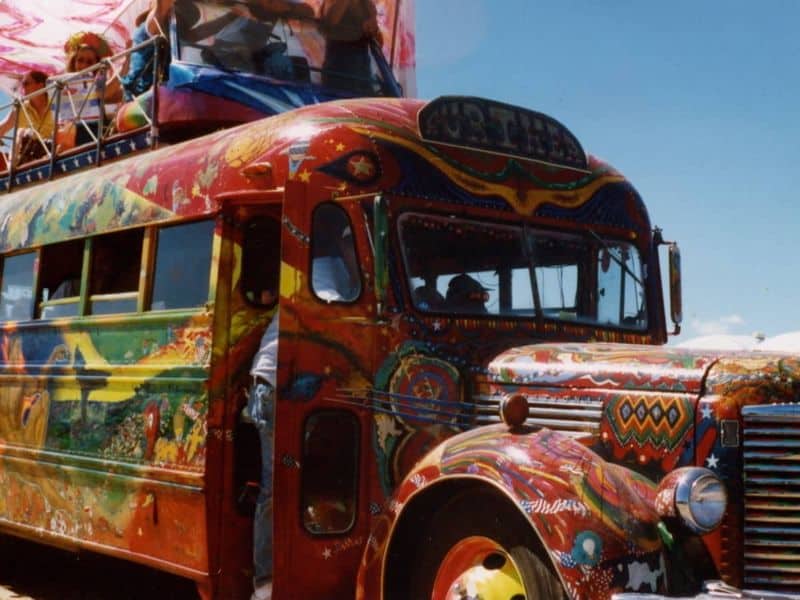
The term ‘hippie’ defines a youth movement that arose in the 1960s, characterized by countercultural values and a rejection of mainstream societal norms. Hippies promoted peace, love, and communal living, often opposing the Vietnam War and advocating for environmentalism. The word itself likely derives from ‘hip,’ meaning ‘aware’ or ‘in the know,’ reflecting the group’s quest for alternative lifestyles and consciousness expansion. Their influence extended to music, fashion, and social movements, encapsulating the era’s spirit of rebellion and transformation.
4. Beatnik

‘Beatnik’ originated in the late 1950s but gained popularity in the 1960s, describing individuals associated with the Beat Generation. This term combines ‘beat,’ a word symbolizing weariness among young Americans, with the Russian suffix ‘-nik,’ suggesting a connection to Sputnik. Beatniks embraced non-conformity, spontaneity, and artistic expression, often gathering in coffeehouses to share poetry and jazz. This subculture laid the groundwork for the hippie movement, challenging societal norms and exploring new avenues of creativity and personal freedom. Their enduring influence is visible in modern artistic and countercultural expressions.
5. Groovy
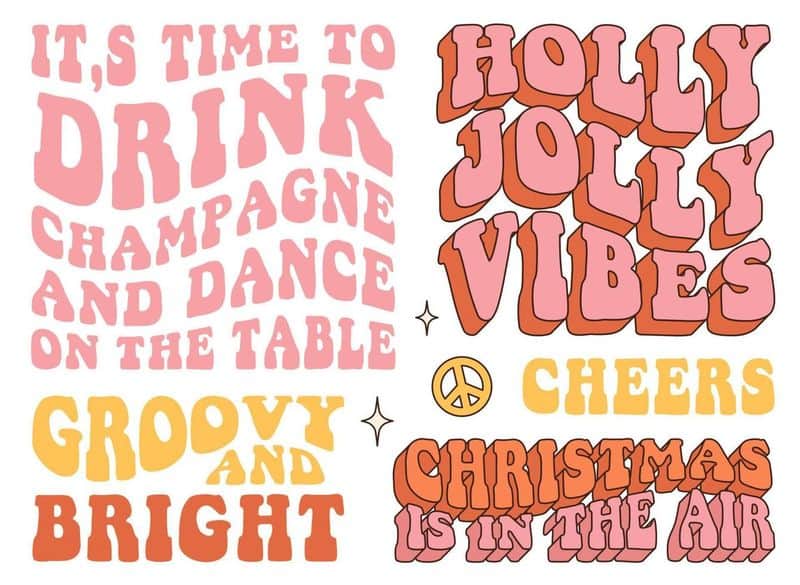
The word ‘groovy’ encapsulates the upbeat, free-spirited energy of the 1960s. Initially derived from the jazz scene, where musicians described a good performance as being “in the groove,” it became a broader expression of approval or excellence. As the decade progressed, ‘groovy’ became synonymous with anything hip or exciting, from music to fashion and beyond. Despite falling out of frequent use after the 1970s, the term remains a nostalgic symbol of the 60s’ optimistic and carefree attitude. Its resurgence in retro-themed media keeps ‘groovy’ alive in popular culture.
6. Mind-blowing

‘Mind-blowing’ emerged in the 1960s, reflecting the decade’s fascination with expanding consciousness and exploring new frontiers of thought. Originally describing experiences that dramatically altered one’s perception, the term captured the essence of the era’s psychedelic explorations and avant-garde art. It suggests an overwhelming sense of awe or surprise, whether from witnessing a groundbreaking performance or encountering revolutionary ideas. The expression remains popular today, illustrating how the 60s’ legacy of pushing boundaries continues to influence how we describe profound experiences.
7. Trippy
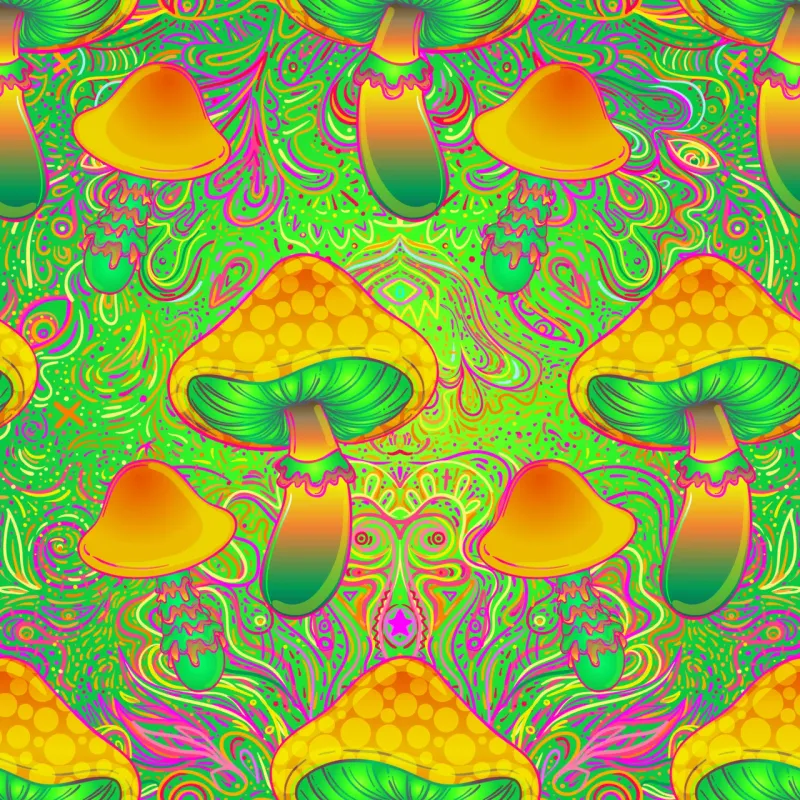
The adjective ‘trippy’ captures the surreal, dreamlike quality associated with psychedelic experiences. Emerging alongside the 1960s counterculture, it describes visuals or sensations reminiscent of those induced by hallucinogens. Whether in art, music, or film, trippy elements often feature vibrant colors, distorted shapes, and unusual perspectives. This term illustrates the era’s embrace of altered consciousness and creative experimentation, influencing countless artists and creators. As a descriptor, ‘trippy’ continues to evoke the whimsical and otherworldly, resonating with those seeking to transcend conventional reality.
8. Radical
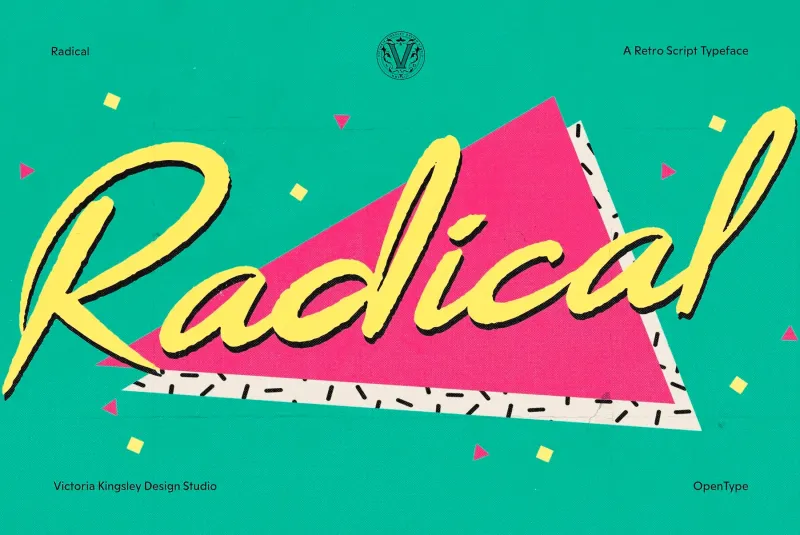
‘Radical’ gained prominence in the 1960s amid social and political upheaval. Initially meaning ‘root’ or ‘fundamental,’ it came to describe individuals or actions advocating significant change. This period saw radical activism challenging the status quo, from civil rights to anti-war protests. The term’s association with intense commitment and transformative goals embodies the fierce dedication of 60s movements. Today, ‘radical’ still describes profound, often controversial ideas or shifts, reflecting its origins in a time marked by dynamic and passionate advocacy for change.
9. Feminism

Though the concept of feminism existed earlier, the term gained widespread recognition during the 1960s women’s liberation movement. It represents the advocacy for women’s rights and equality, challenging traditional gender roles and discrimination. Feminists of the 60s organized rallies, wrote influential works, and pushed for legislative changes, catalyzing societal shifts. This period marked a pivotal moment in the ongoing struggle for gender equality, with the word ‘feminism’ symbolizing the fight against systemic oppression. The movement’s legacy continues to inspire modern equality efforts.
10. Cybernetics

‘Cybernetics’ describes the study of systems, control, and communication in animals, humans, and machines. The term gained traction in the 1960s, influenced by rapid technological advancements and interest in artificial intelligence. It explores how systems process information and adapt to changes, bridging biology and technology. This interdisciplinary approach laid the groundwork for developments in robotics and computer science. As a concept, cybernetics continues to shape our understanding of complex systems and the integration of technology in everyday life, reflecting its transformative impact since the 1960s.
11. Astronaut

While space exploration dates back centuries, ‘astronaut’ became a household term in the 1960s with the advent of manned space missions. An astronaut, or space traveler, embodies humanity’s quest for knowledge and exploration beyond Earth. The word symbolizes bravery, innovation, and the spirit of discovery, inspired by missions like NASA’s Mercury and Apollo programs. As astronauts ventured into space, they captured global imagination, representing the pinnacle of scientific achievement. The term remains synonymous with the ongoing pursuit of reaching new frontiers in space exploration.
12. Pop art
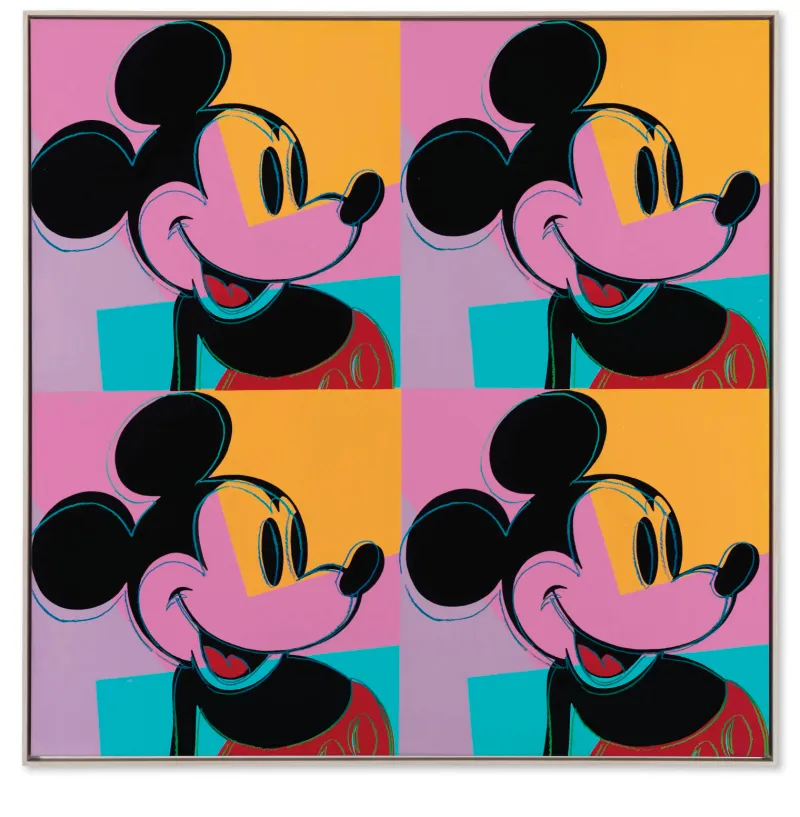
‘Pop art’ is an art movement that emerged in the late 1950s and gained momentum in the 1960s. It challenges traditional fine art by incorporating imagery from popular culture, such as advertising, comic books, and everyday objects. Artists like Andy Warhol and Roy Lichtenstein became symbols of this movement, blending commercial and artistic elements. Pop art reflects the 60s’ fascination with consumerism and mass media, transforming mundane items into artistic expressions. Its legacy endures, influencing contemporary art and design with its bold colors and playful themes.

Well, hello there!
My name is Jennifer. Besides being an orthodontist, I am a mother to 3 playful boys. In this motherhood journey, I can say I will never know everything. That’s why I always strive to read a lot, and that’s why I started writing about all the smithereens I came across so that you can have everything in one place! Enjoy and stay positive; you’ve got this!

